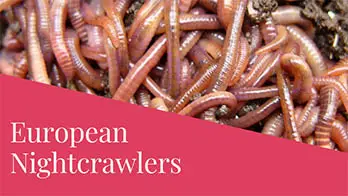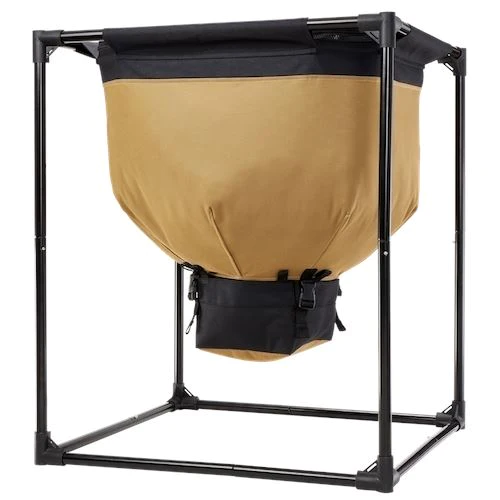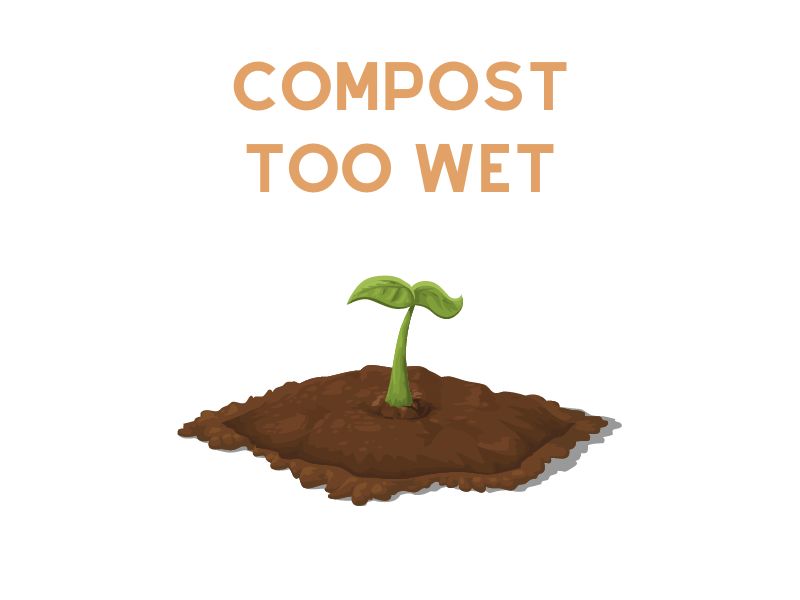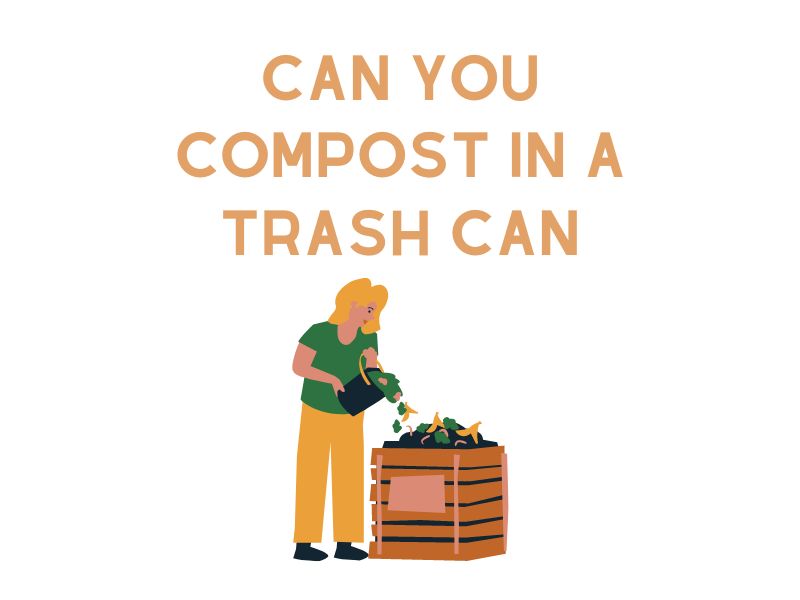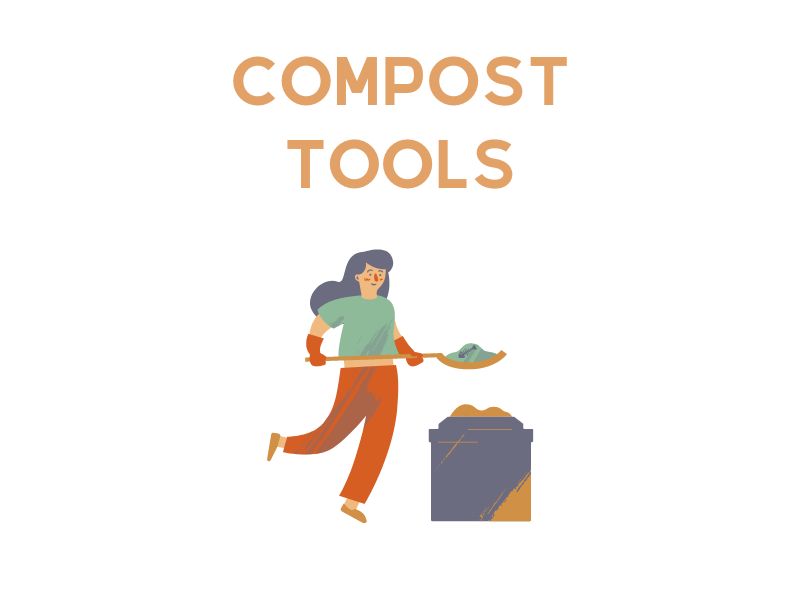Whether you want to produce worm castings, raise bait worms, for composting, or simply want to start an eco-friendly farm, it is very difficult to beat European nightcrawlers. However, it is equally important that you learn something about them first before you buy some worms. Below, we have described some very important basics about the Carolina crawlers.
Also known as Eisenia hortensis, European nightcrawlers are the larger cousins of the red European nightcrawlers species (or Eisenia Andrei/fetida). These worms are also known by a variety of names like blue worms, Carolina crawlers, super red, and Belgian worms. While they are not popularly used for vermicomposting, they are still considered the best choice. Additionally, they are also considered better choices as fishing worms than Red Worms because of their large size.
Under appropriate conditions, these worms can grow up to 3-8-inches long, sometimes even twice or thrice as the red worms. When not stretched out, they can be as thick as an average pencil. Like the red worms, Eisenia hortensis can thrive in a wide range of weather conditions. However, they prefer environments with more moisture content.
These worms are quickly becoming a favorite breed for worm farms. In fact, it has been predicted by industry forerunners that Eisenia hortensis will soon become more popular than red worms. They are red or dark pink and easy to raise because they reproduce very quickly, thereby making a popular pick for both new and experienced worm farmers.
How they look
When you look closely at a nightcrawler, you will notice its ring-shaped segments called annuli, which are red-grey in color. On each annulus, you will see small bristles called setae. The worms make use of the annuli to move around as well as burrow into the ground. If you dissect the worm, you will notice that they do not have a backbone, thereby landing it in the invertebrate category. At max, these worms can measure up to 14-inches in length and can easily weigh about 0.39-ounces. In its natural habitat, the Eisenia hortensis can live up to six years on average.
Raising
Thankfully, raising European Nightcrawler Worms is quite easy. These worms possess a lot of traits that make them perfect for worm farming. When it comes to large worms, these nightcrawlers are most tolerant to environmental changes and fluctuations in temperature. Since they have a good appetite, they are ideal for compost bins.
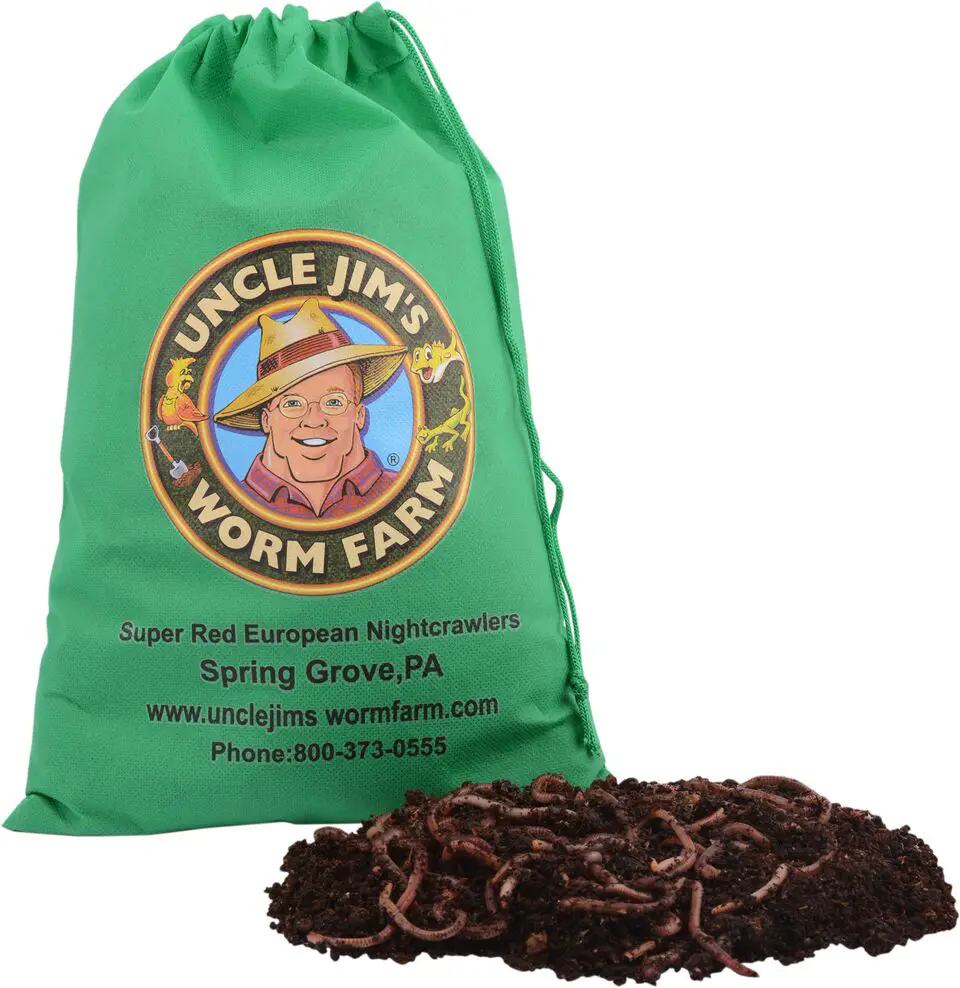
Super Reds European Night Crawlers
- Easy to raise
- Grows to 4-5″ in length (2 to 5 times bigger then regular redworms just as active)
- Heat and Cold Resistant
- Breeds quickly
- Perfect fit for any compost bin or pile
- Excellent fish bait
The worms are colony dwellers and will not mind sharing space with other worms. This makes them quick breeders and an ideal type of worm to raise. While not as quick as red worms, European Nightcrawler worms are also known to reproduce very quickly. New hatchlings mature in less than 13 weeks. Additionally, each egg cocoon produces two hatchlings on average. Under ideal conditions, the worm population will double every three months. Some factors that influence reproduction rates are moisture conditions, temperature, and food sources.
Feeding
European nightcrawlers can easily compost leaves, garden waste, scraps of food, and leftovers. In fact, they can eat any decomposing matter, as long as they are soggy enough to be consumed and finely ground. If you raise the crawlers as food for other animals or as pets, you need to feed them things that are healthy for them so that they live longer and/or not poison the animals they are being fed to. Always ensure that the food is damp so that they can consume it.
Things you can feed European nightcrawlers
- Commercial worm food like Worm Chow
- Aged animal manure; horse manure is considered the best choice, especially in the beginning
- Garden waste like beet tops, pea vines, and beanstalks
- Starch in moderation like grains, rice, potatoes, and pasta
- Shredded cardboard that doubles up as both bedding and food
- Tree leaves in moderation; it is advanced that you stick with common leaves, not exotic ones
- Coffee grounds in moderation (as well as the filters)
- Crushed eggshells in moderation
- Vegetable wastes like leaf vegetables, potatoes in moderation, beans, beans, lettuce, and carrots
- Fruit wastes like pumpkin, peaches, plums, bananas, grapes, and apples; ensure that the fruits are non-citric
Things you should not feed to European nightcrawler worms
- Pet wastes
- Human wastes
- Grease and cooking oil
- Dairy wastes
- Meat products
- Citrus fruits
After you are done deciding the food menu for your worms, all you need to do is drop the food. The Eisenia hortensis will come upon the surface to eat. Since water draws them out, ensure that you wet the food and soil only enough to be damped, not soaked, so that the nightcrawlers do not drown. Leave the food on the surface and the worms will feed on their own.
Additionally, you also have to be cautious when feeding worms – you have to take into consideration that the worms will eat the food very slowly; hence, you need to minimize foods that can decompose before they are eaten. Also, some foods like meat may poison the bedding after it decomposes and can cause the death of the nightcrawlers. Hence, the quantity of the food must be such that they are enough, without leaving behind many leftovers.
Breeding
European nightcrawlers are prolific breeders and have only four requirements for successful breeding – food, moisture, bedding, and proper pH environment.
First, you need to purchase plastic bins to provide the main bedding for your worms. The bins need to be large; a single square foot can house 1,000 worms easily. The exact measurements of the bins will depend on the overall size of your worm farm. Try to opt for opaque containers since nightcrawlers prefer darkness.
Fit the boxes with 8 to 10-inches of dampened peat moss; however, they should not be too wet as well. When you squeeze them in your hands, it should only drip some drops of water. Next, you can start adding the worms inside the bins; ensure that you do not add more than 1,000 worms at the same time. You can then place the bins in a dark and cool environment like basements or your garage.
Feed grains and food scraps mentioned above to the worms. For faster breeding, you can also add a layer of egg mash. Sprinkle the food in a line from the top to the middle. Do not cover the entire bedding surface or else the worms will not be able to escape if the bedding becomes too wet or soured.
Additionally, you also need to ensure that the pH level is maintained optimally each day. If it drops below 7, sprinkle some limestone power to the feed. This way, you will also help to neutralize any acids. Turn the bedding every three weeks to aerate the materials. While doing so, be aware of egg capsules; worms tend to lay egg capsules near food sources and will hatch anywhere between four and 20 worms.
FAQ
Here are some common FAQs related to European nightcrawlers:
How fast do European nightcrawlers reproduce?
European nightcrawlers are known to reproduce very quickly. As mentioned above, new hatchlings can reach maturity in less than 13 weeks. They also produce more than a single cocoon per week near the food sources; hence, align the food sources from top to the middle and do not spread it throughout the bedding surface.
The breeding cycle of European nightcrawler worms is 27 days, counting from the mating period to laying eggs. This means that the number of worms in your bins can double almost every two-three months, depending on the living conditions. As long as you maintain the food and moisture, bedding, and pH level of the soil, the worms will keep breeding successfully.
What do European nightcrawlers eat?
It is suggested that you feed nightcrawlers items like vegetable matter, eggshells, tea bags, coffee grounds, and cores and peelings of vegetables and fruits. Avoid foods like dairy products, oil, preservatives, juice, vinegar, salt, sugar, white flour, bones, and meat. To encourage decomposition, you can chop the food into smaller pieces before adding them to the bin.
When starting out, feed the worms very lightly for the first week and then start feeding them every other day. They will consume any type of biodegradable matter except for anything that contains excess chemicals or oils. Hence, you can feed them a varied diet.
How many European nightcrawlers in a pound?
The size of the worm will determine how many European nightcrawlers you will get in a pound. For instance, you can easily get between 900 and 1,000 composting worms, since they are small in size. On the other hand, African nightcrawlers are large and you will get about 100-150 worms per pound. As for European nightcrawlers, you will be able to procure 450-500 worms per pound.
Conclusion
European nightcrawlers are larger than red worms and great for composting and as fishing baits. They are tolerant of a wide range of temperatures and weather conditions. They are known to provide a valuable service to the earth, farmers, and gardeners by burrowing and introducing air to the soil for breathing. Aerated soil allows oxygen to reach the roots of the plants to aid healthy growth.

